The government shake-up of planning rules could see councils in England forced to build on low-quality green belt sites to meet mandatory house building targets.
Also the government said it was also committed to making it easier to build key infrastructure such as laboratories, gigafactories and data centres, as well as making changes to deliver more large onshore wind projects and solar development across the country.
The new rules set out today will reverse the decision last year to water down housing targets at a time when planning permissions were at a record low.
In addition to restoring mandatory housing targets, the method used to calculate them, which relied on decade-old data, will be updated.
This new method for calculating housing need will set a national building target of 370,000 new homes per year.
The first port of call for development will be brownfield land. Reforms announced today will make explicit that the default answer to brownfield development should be “yes” and promote homebuilding at greater densities in urban centres, like towns and cities.
Rayner said councils have been told to review their green belt land if needed to meet their own target, identifying and prioritising ‘grey belt’ land, which the government has today set out a definition for.
This includes land on the edge of existing settlements or roads, as well as old petrol stations and car parks.
The Deputy Prime Minister has written to every council leader and chief executive in England to make clear that there is “not just a professional responsibility but a moral obligation to see more homes built”.
She also warns that she will not hesitate to use her powers of intervention should it be necessary – including taking over an authority’s plan making directly.
Land released in the Green Belt will be subject to the government’s ‘golden rules’, which make clear that development should deliver 50% affordable homes, increase access to green spaces and put the necessary infrastructure is in place, such as schools and GP surgeries.
Rayner also confirmed that details of future government investment in social and affordable housing will be brought forward at the next spending review, so social housing providers can plan for the future and help deliver the biggest increase in affordable housebuilding in a generation.
Neil Jefferson , CEO, Home Builders Federation, said: “Today represents the first and most important step ministers have taken in addressing the barriers to delivering new homes.
“The scale of the government’s housing ambition has given hope to the house building industry that stands ready to increase supply and tackle the country’s housing shortage.
“A reformed, more progressive planning system that requires local authorities to meet their communities’ housing needs is a major step forward to address the barriers to delivery.”








.jpg)



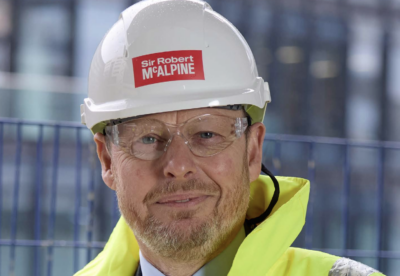

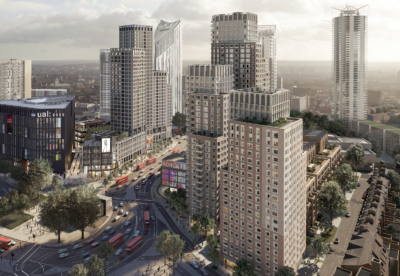


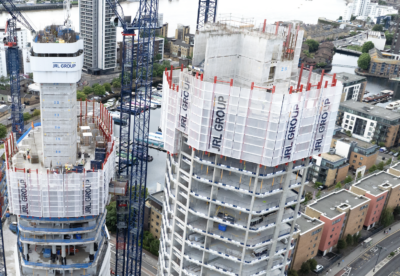
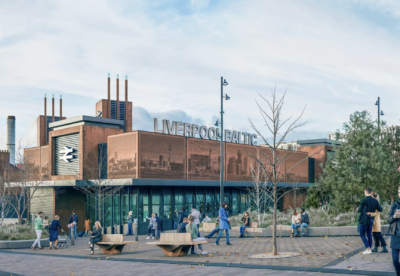



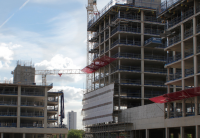
.gif)




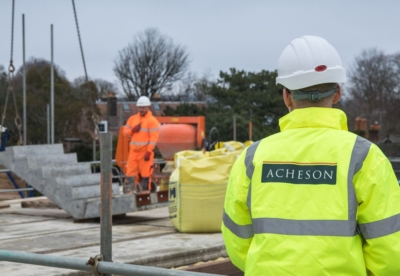
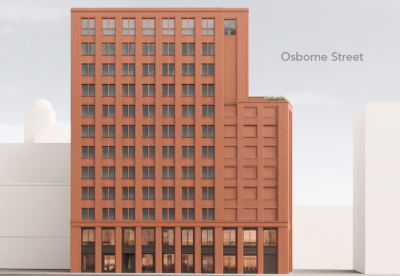






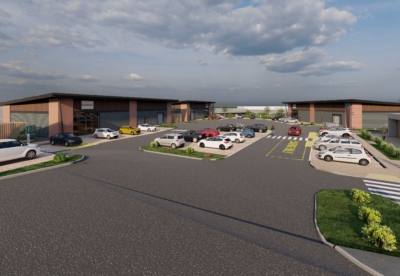

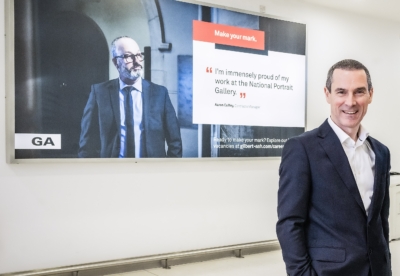

















 (300 x 250 px).jpg)